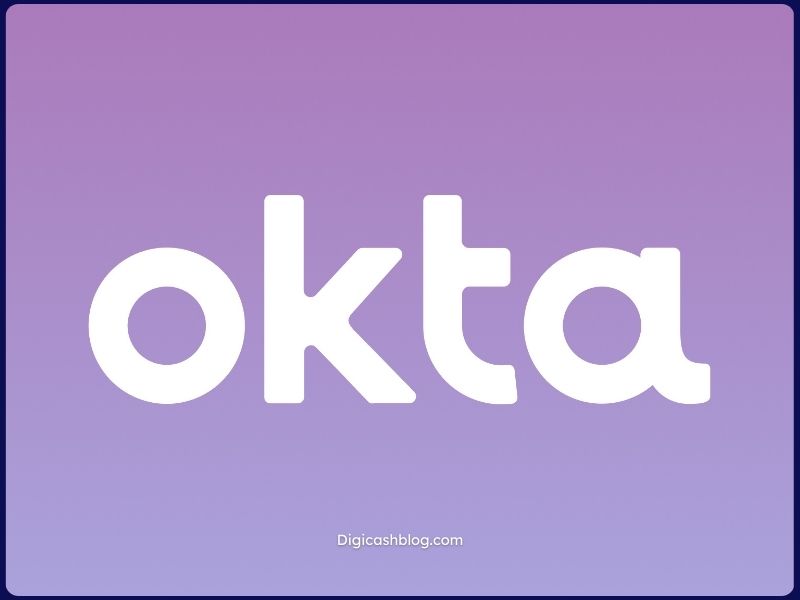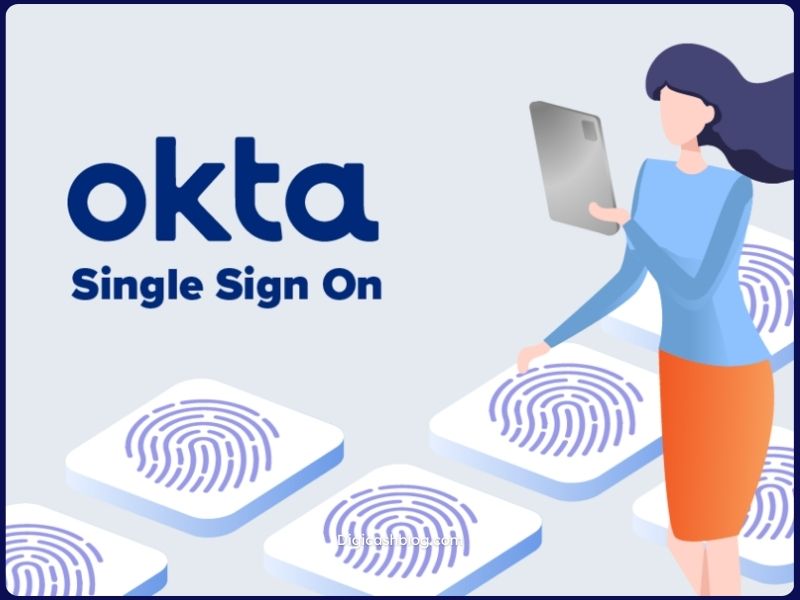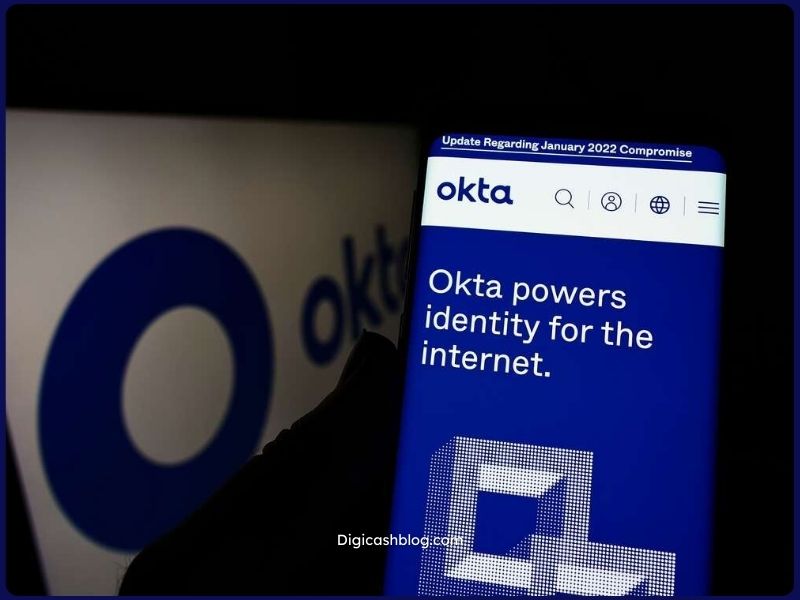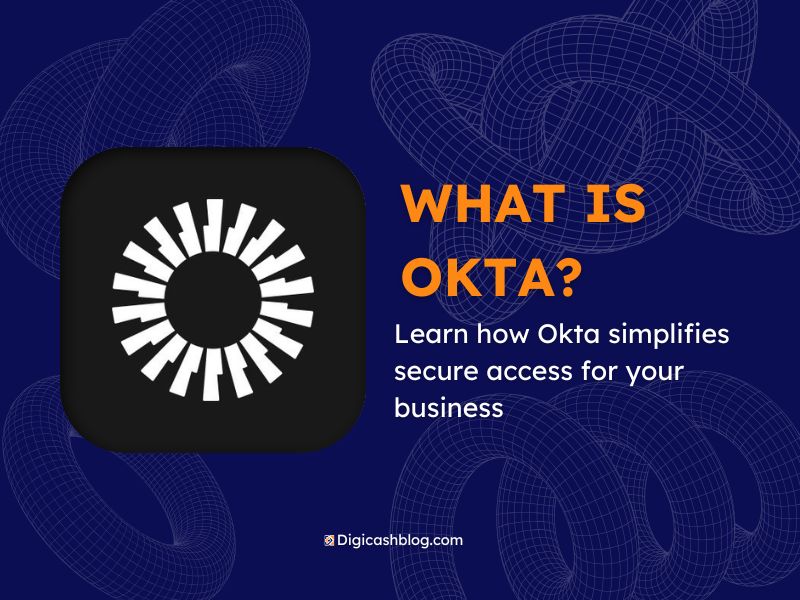Looking to understand what is Okta and how it can benefit your business? This article breaks down Okta’s key features, its use cases across various industries, and why it’s crucial for managing secure access to your company’s applications. Read on to discover how Okta can simplify identity management and enhance security for your organization.
What is Okta?
Okta is an Identity and Access Management (IAM) platform. It’s designed to help organizations secure their data by controlling who has access to their applications, systems, and networks. Identity and Access Management is essential in the digital age because businesses operate across multiple cloud platforms and internal systems, making identity management complex and critical for security. Okta simplifies this by providing a central identity hub that handles the verification, authentication, and authorization of users.
Organizations use Okta to manage their users’ identities securely. With Okta, users get access to the applications they need with a single login, whether those apps are in the cloud or on-premise. It eliminates the need for multiple passwords, which often reduces the risk of poor password practices. It’s widely used across industries such as healthcare, education, finance, and government for its robust identity management features.

Core features of Okta
- Single Sign-On (SSO): This is one of the most well-known features of Okta. It allows users to access multiple applications with one set of login credentials. Instead of remembering multiple passwords for different platforms, users only need one secure password. This increases productivity and minimizes the help desk requests for password resets.
- Multi-Factor Authentication (MFA): MFA adds an extra layer of security by requiring two or more verification methods. For instance, a user might enter their password and then receive a one-time password (OTP) on their phone. This prevents unauthorized access even if the password is compromised. This security feature is crucial in industries with sensitive data, such as healthcare and finance.
- Lifecycle Management: Okta streamlines the process of onboarding and offboarding employees. It automates the provisioning of users to systems when they join the company and deactivates access when they leave. This lifecycle management ensures security and minimizes the risk of data breaches through forgotten user accounts.
- API Access Management: Okta manages access to APIs, which are a common way for different software applications to communicate. This ensures that APIs are only accessed by authorized users or services.
- Universal Directory: This feature centralizes user profiles across multiple directories, such as Active Directory or LDAP. With a single view of every user, IT teams can manage access more easily and ensure that users have the right access based on their roles in the organization.
How Okta works
Okta functions as an Identity Provider (IdP). It works by authenticating users when they try to access an application. For example, if a user logs into their company’s system to access a cloud application, Okta verifies their identity. It’s like a virtual gatekeeper, ensuring that the user is who they claim to be before allowing access. Once verified, Okta grants access to the applications the user needs based on predefined security policies.
Okta also supports OAuth 2.0, which allows secure access to resources without needing to share credentials. It handles the authentication and authorization for applications, ensuring users only access what they’re permitted to. Additionally, Okta offers deep integration with platforms like Google Workspace, AWS, Microsoft Office 365, and many more, making it ideal for businesses that rely on multiple applications.

Use cases for Okta
- Small and Medium Enterprises (SMEs): For SMEs, Okta provides an easy way to manage access to cloud and on-premise applications. It automates user provisioning, reducing the need for manual IT intervention.
- Large Enterprises: Okta can manage tens of thousands of users across multiple cloud environments and internal systems. It also ensures compliance with industry regulations such as GDPR and HIPAA by managing access to sensitive data.
- Healthcare: Healthcare organizations use Okta to secure patient data. By integrating with existing systems, Okta ensures only authorized personnel have access to sensitive health records.
- Education: Schools and universities use Okta to provide secure access to learning platforms. Students and staff can log in once and gain access to various resources like email, course materials, and administrative systems.
Advantages of using Okta
Okta’s major benefits include:
- Improved Security: With features like MFA and secure single sign-on, Okta reduces the risk of unauthorized access. MFA significantly lowers the chances of a hacker gaining access even if the user’s password is stolen.
- Enhanced User Experience: Okta simplifies the login process for users, allowing them to access multiple applications with just one set of credentials. This minimizes frustration and enhances productivity.
- Cost Savings: By automating user provisioning and deprovisioning, Okta reduces the workload on IT departments. This leads to cost savings in both time and resources.
- Scalability: Okta is highly scalable, making it suitable for businesses of any size. It’s particularly useful for organizations that expect to grow or have fluctuating user bases.
- Seamless Integration: Okta integrates with over 7,000 applications, ensuring businesses can connect all the software they use with ease. This integration is vital for businesses that rely on multiple SaaS platforms.

Security features of Okta
Okta uses robust security protocols such as SAML, OAuth 2.0, and OpenID Connect to secure user data and applications. It also offers Zero Trust security models, which means every user, device, and application is authenticated and authorized regardless of where they are accessing from.
Okta’s security also includes encryption of sensitive data, protecting it from cyberattacks. Multi-Factor Authentication (MFA) ensures that even if a password is compromised, the attacker would still need the second factor, such as a mobile OTP, to gain access.
Okta complies with a variety of industry standards and regulations, such as GDPR, HIPAA, and SOC 2. This makes it suitable for businesses that need to follow strict data security guidelines.
Pricing and plans
Okta offers different pricing plans based on the needs of businesses. The Standard Plan includes basic features like Single Sign-On (SSO) and user management, while the Premium Plan offers advanced features such as multi-factor authentication and enhanced support. Enterprises with large-scale IAM needs can opt for a Custom Plan that includes API management, advanced reporting, and identity governance.
FAQs about Okta
- How long does it take to implement Okta?
- The time varies depending on the size of the organization and its infrastructure. For small companies, implementation can take a few days, while for large enterprises, it could take a few weeks.
- What industries benefit most from Okta?
- Industries that handle sensitive data, such as healthcare, finance, and government, benefit the most from Okta due to its strong security features and compliance with regulations like GDPR and HIPAA.
- Can Okta manage access to both cloud and on-premise apps?
- Yes, Okta supports access to both cloud-based applications and on-premise systems, making it versatile for hybrid IT environments.


